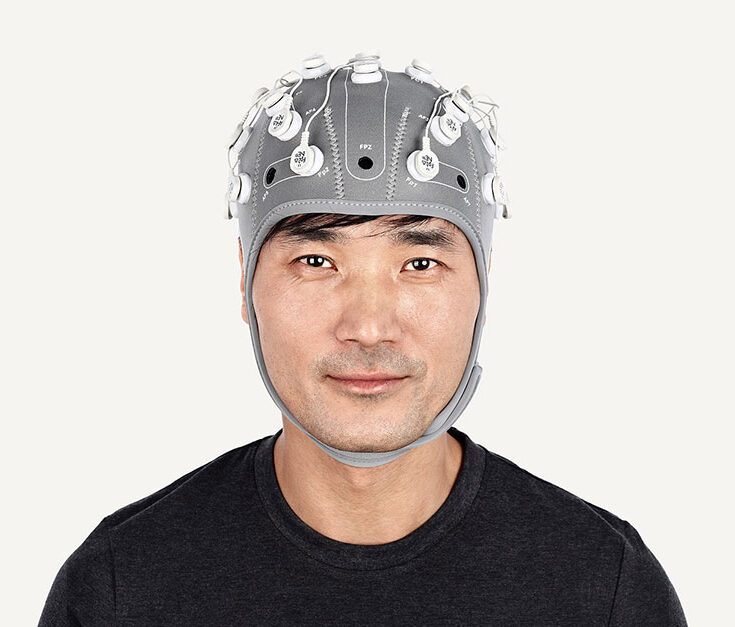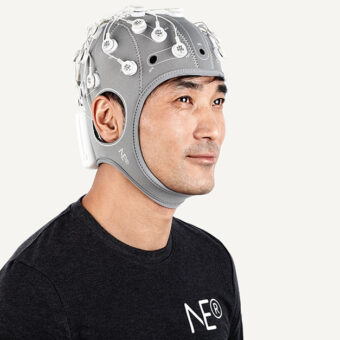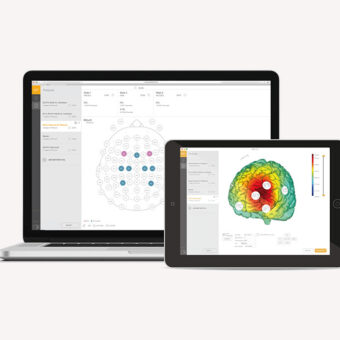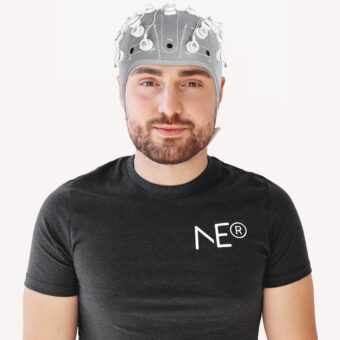China’s expanding role in global scientific research is unmistakable, marked by a surge in influential publications and groundbreaking contributions. In this light, we are excited to showcase these five exceptional Chinese research studies:
1. Frontal-Temporal-Parietal Stimulation in Schizophrenia
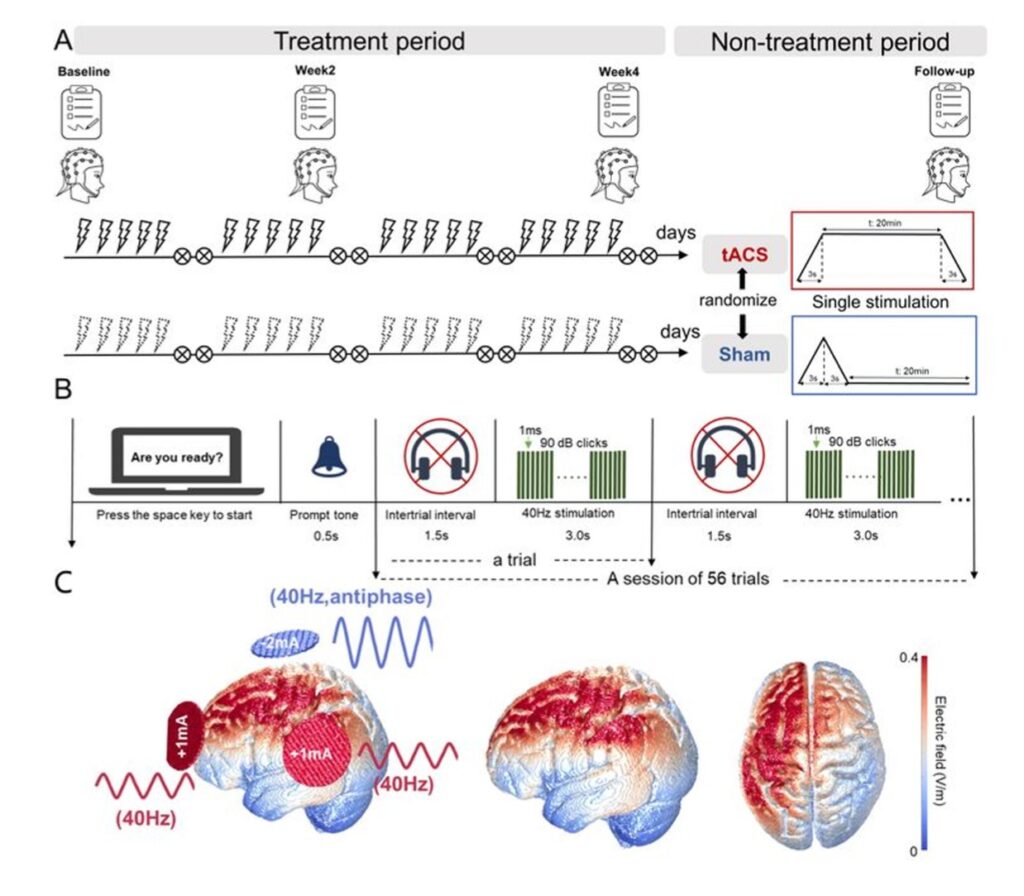
Diving into the realm of schizophrenia treatment, Chinese researchers explored a novel 40Hz-tACS stimulation from our Starstim to target auditory hallucinations in schizophrenia treatment.
The results were promising, with significant symptom reduction in the active treatment group and enhanced functional connectivity in various brain regions. This innovative approach offers new hope for managing schizophrenia symptoms effectively. Full research study here.
2. Roadside Advertisements and Driving Safety
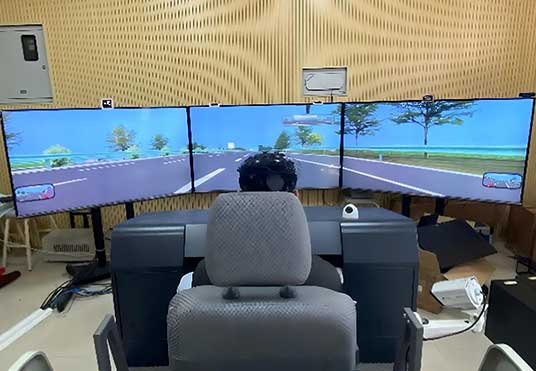
A study involving 32 participants assessed the impact of roadside advertisements on driving safety, analyzing how billboard size near traffic signs affects driver distraction using EEG data from the devices. The research provided insights into the brain’s response to visual stimuli during driving, emphasizing the role in cognitive response analysis for traffic safety and billboard placement. Learn about the details here.
3. Advancing neurological treatments with iACS in rats
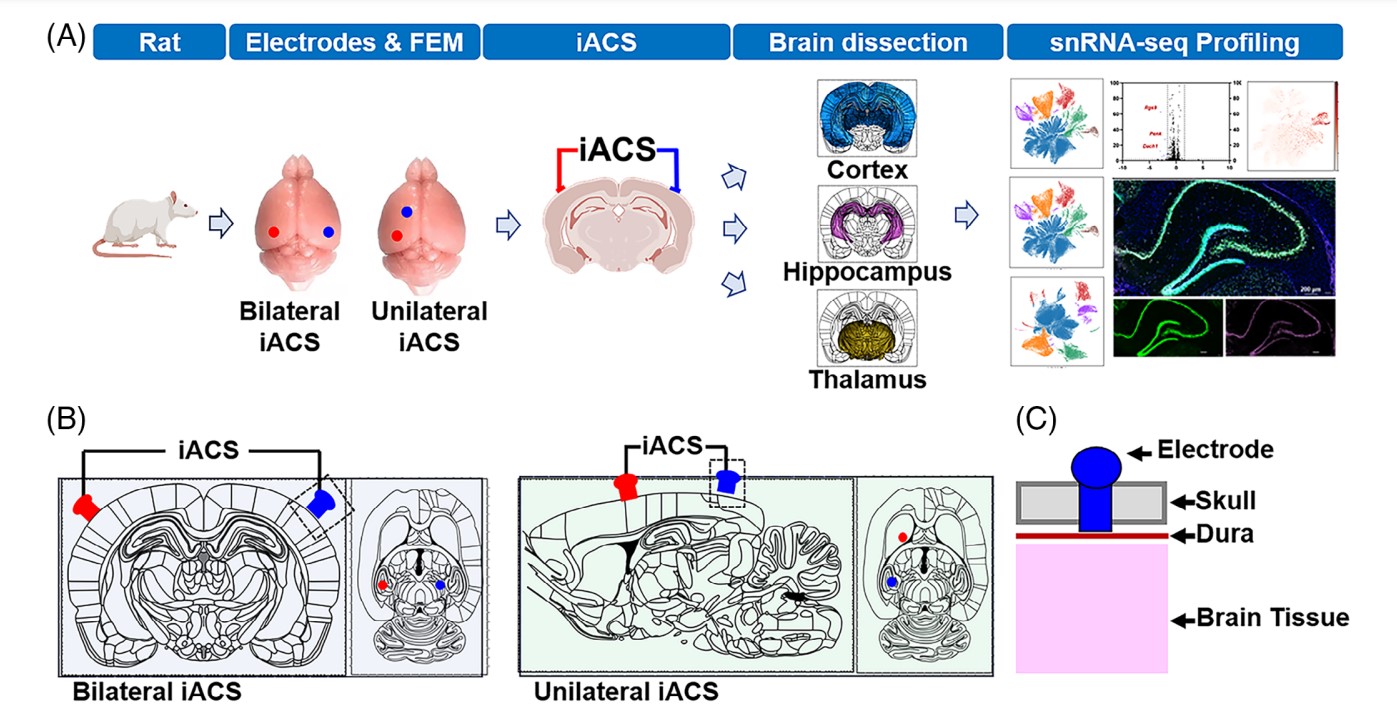
Our advanced Starstim system played a pivotal role in this study, which explored the potential of intracranial alternating current stimulation (iACS) in reshaping our understanding of neurological disorders.
The study’s promising findings highlight how targeted brain stimulation can trigger neurogenesis and enhance neuron sensitivity, opening up new avenues for neurological disorder treatments. Check out the complete study here.
4. Decoding the Optimal tDCS Duration
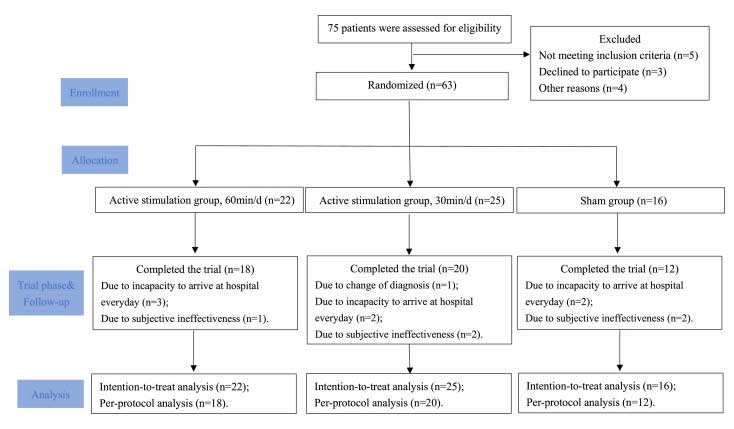
This second research study looked into the optimal duration for daily tDCS sessions in therapeutic settings using our Starstim device.
Surprisingly, no significant difference was found in reducing depressive symptoms across different session lengths, but a notable decrease in anxiety was observed in the 60-minute tDCS group. This finding has important implications for refining therapeutic approaches involving tDCS. Find out more here.
5. Enhancing Response Inhibition: A Novel tACS Approach
Researchers conducted an innovative study using the Starstim device to enhance response inhibition with multi-channel beta transcranial alternating current stimulation (tACS) and 118 participants. Significant improvements in response inhibition were observed with in-phase stimulation, opening new avenues in cognitive therapy and demonstrating the potential of the Starstim device in clinical research. Find out more here.
Conclusion: The Impact of Chinese Research
In summary, we’re thrilled to see brilliant Chinese researchers utilizing our Starstim and Enobio devices across a range of innovative studies, from schizophrenia treatment to driving safety and neurological advancements. Their work exemplifies the transformative impact our technology can have in skilled hands. We invite you to explore these devices further and see how they can empower your research and clinical practices.
